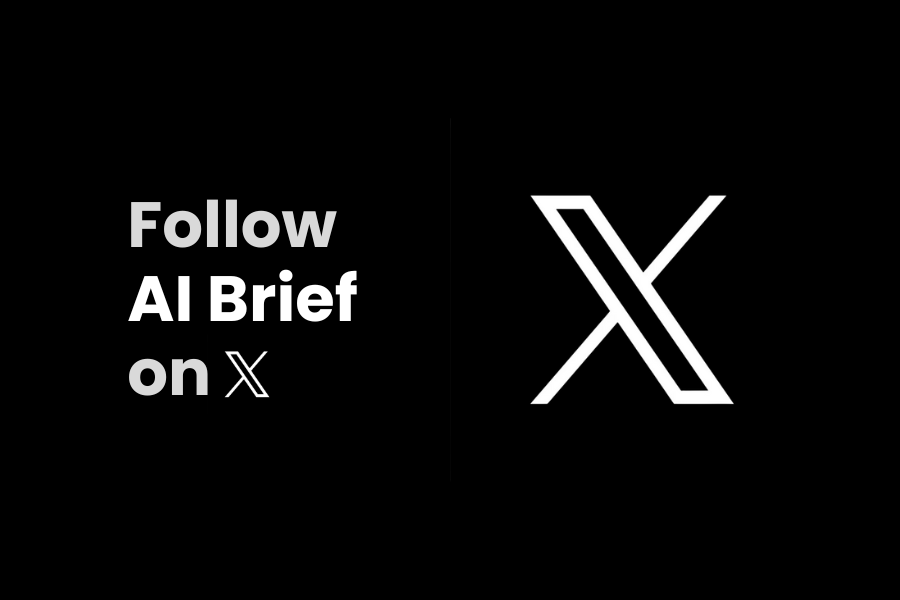HistoIndex Launches AI-Based FibroSIGHT Plus for Enhanced Fibrosis Assessment
HistoIndex has launched FibroSIGHT Plus, its second Laboratory Developed Test (LDT) in the United States, announced in a press release. This new test builds on the earlier FibroSIGHT by incorporating automated quantitative analysis of fibrosis, a significant advancement for diagnosing and tracking Metabolic Dysfunction-associated Steatohepatitis (MASH).
At the core of FibroSIGHT Plus is qFibrosis, HistoIndex's proprietary AI-driven algorithm. This technology leverages stain-free Second Harmonic Generation (SHG) imaging to automatically quantify multiple fibrosis-related collagen features in liver biopsies. The result is a continuous scale measurement of fibrosis, offering detailed insights into disease severity and enabling clinicians to better characterize and monitor patients over time.
FibroSIGHT Plus provides a standardized and objective measurement across biopsy specimens, reducing variability and enhancing confidence in fibrosis assessment. This advancement supports more personalized and data-driven treatment decisions, marking a significant step forward in integrating digital pathology solutions into routine patient care.
We hope you enjoyed this article.
Consider subscribing to one of our newsletters like Life AI Weekly or Daily AI Brief.
Also, consider following us on social media:
More from: Life Sciences
Subscribe to Life AI Weekly
Weekly coverage of AI applications in healthcare, drug development, biotechnology research, and genomics breakthroughs.
Whitepaper
Stanford HAI’s 2025 AI Index Reveals Record Growth in AI Capabilities, Investment, and Regulation
The 2025 AI Index by Stanford HAI provides a comprehensive overview of the global state of artificial intelligence, highlighting significant advancements in AI capabilities, investment, and regulation. The report details improvements in AI performance, increased adoption in various sectors, and the growing global optimism towards AI, despite ongoing challenges in reasoning and trust. It serves as a critical resource for policymakers, researchers, and industry leaders to understand AI's rapid evolution and its implications.
Read more
